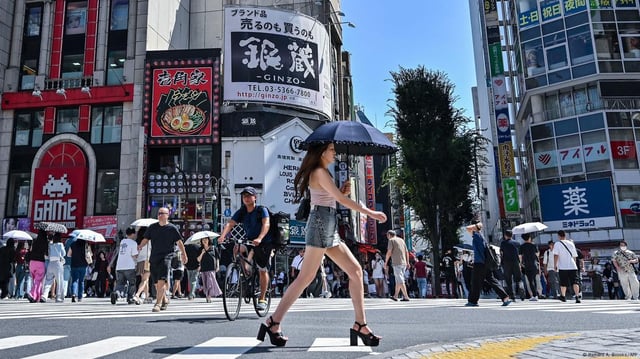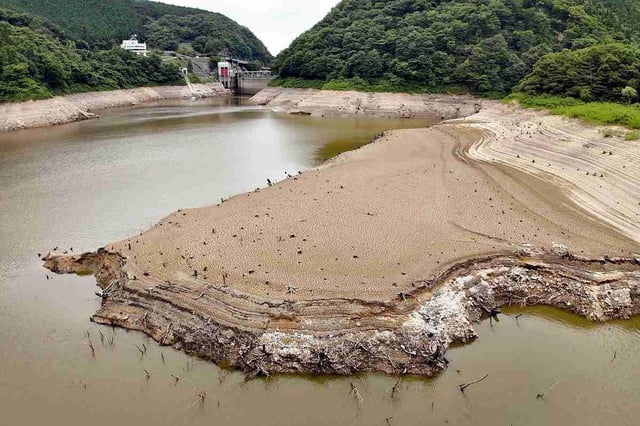Overview
- July’s average temperature climbed 2.89°C above the 1991–2020 norm, marking the third consecutive year of record-breaking July heat.
- On July 30, Hyogo Prefecture recorded Japan’s highest-ever temperature of 41.2°C.
- Rainfall plunged to record lows across broad areas, with Tohoku and Hokuriku’s Sea of Japan side receiving just 8–13% of normal July precipitation.
- Critical dams such as Gosho and Naruko dropped below minimum water levels, prompting restrictions on intake from 19 rivers.
- Heatstroke hospitalizations reached a new peak in June, exceeding 17,000 ambulance transports and highlighting the health risks of sustained high temperatures.


